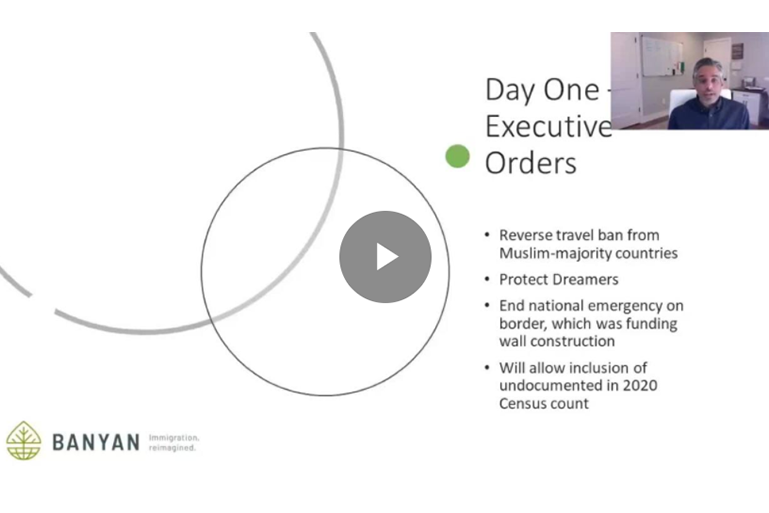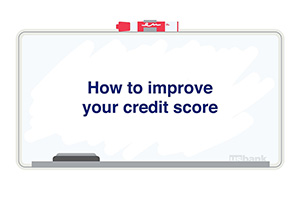It is possible to offset credit card acceptance costs.
By Veronica Correa Janssen, Head of Product Strategy, North America Vertical Markets, U.S. Bank
 Given the number of credit cards in people’s wallets, it is surprising that some businesses still limit acceptance or choose not to accept them at all. Businesses usually shy away from credit card acceptance due to the processing costs, which typically range between 1% to 3.5% of the purchase price. With credit card surcharging gaining a footing in many U.S. states, it may be time for these businesses to reconsider their credit card acceptance practices.
Given the number of credit cards in people’s wallets, it is surprising that some businesses still limit acceptance or choose not to accept them at all. Businesses usually shy away from credit card acceptance due to the processing costs, which typically range between 1% to 3.5% of the purchase price. With credit card surcharging gaining a footing in many U.S. states, it may be time for these businesses to reconsider their credit card acceptance practices.
For over a decade, government agencies have been able to offset credit card fees through service fee programs. Service fee programs enable government agencies to pass a portion of the cost of credit card acceptance to the cardholder. As a result, government agencies started taking credit cards as a form of payment, making it easier for citizens to pay for fines, taxes and other services. More recently, credit card surcharging has become a way for businesses to implement similar practices that allow them to pass the full cost of a credit card transaction to the customer.
Expand credit card acceptance
Today, surcharging is allowed under the card brand regulations in 44 states. Businesses that traditionally have limited the acceptance of credit card payments have implemented surcharging to meet customer demand while offsetting the associated acceptance fees. Unlike other forms of surcharging that are universally applied, credit card surcharges can be avoided by the cardholder by simply choosing a lower cost payment method such as a debit card, ACH, eCheck, and cash transactions. In that regard, credit card surcharging becomes a tool to drive customer payment behaviors that benefit the business without limiting their payment choice.
If your organization has been hesitant to accept credit card payments, then perhaps it is time to consider surcharging. As customer demands evolve, it is important to identify opportunities to improve satisfaction with the payment experience while also managing costs to sustain a healthy bottom line. Surcharging typically only amounts to a few cents on the dollar and can be a success if communicated appropriately to customers.
Communication is key to success
While the card brands and regulatory organizations have established disclosure requirements for cardholder fees, such as government service fees and credit card surcharges, it is not always sufficient. Surcharging laws can vary by state but businesses at a minimum must alert customers about credit card surcharges at the store entrance and the point of sale or on the homepage if the merchant does business on the Internet. The disclosure must include the amount of the surcharge, the fact that the fee is being charged by the business, and that the fee does not exceed the business’ cost to accept the credit card payment. Finally, the transaction receipt must include the dollar amount of the surcharge on the transaction receipt.
Unfortunately, customers may be taken off guard by learning about a surcharge at the time of purchase, particularly if they are prepared to pay with a credit card. Notifying customers about a surcharge in advance can increase their comfort level with it. While it is a requirement to place signage at entrances and on website home pages, businesses should consider posting notifications in high traffic areas as well. Giving customers additional opportunities to absorb information about surcharging allows them to consider payment options prior to check-out – whether online or on premise.
How you communicate surcharging can also make a difference. Communicating that surcharging helps your business control costs associated with credit card acceptance can help put customers at ease with the practice. If your business relies on recurring patrons, you may wish to extend a courtesy notification to existing customers to let them know you plan to start accepting credit cards and about the surcharge fee that will be applied. But most importantly, reminding them that debit cards, ACH, eCheck and cash payments are not subject to surcharges can enable them to select the payment option which makes most sense for them.
Getting started
Surcharging is one of the ways businesses can optimize the cost of accepting payments. In addition to surcharging, companies can reduce costs through debit card optimization, commercial card optimization and chargeback management. Identifying the opportunities to optimize transaction processing within a large organization can be complex, which is why it’s important to work with your payment processor to analyze your card payment data across all your environments. That’s where we can help.
Using advanced analytics, we help customers identify areas for optimization and makes actionable recommendations to better manage card payments. By evaluating the business’ entire card authorizing and processing environment, we can help you cost-effectively deliver a satisfying and secure payment experience.
Contact U.S. Bank to learn how we can help your organization operate more efficiently without incurring additional costs.




















































 Given the number of credit cards in people’s wallets, it is surprising that some businesses still limit acceptance or choose not to accept them at all. Businesses usually shy away from credit card acceptance due to the processing costs, which typically range between 1% to 3.5% of the purchase price. With credit card surcharging gaining a footing in many U.S. states, it may be time for these businesses to reconsider their credit card acceptance practices.
Given the number of credit cards in people’s wallets, it is surprising that some businesses still limit acceptance or choose not to accept them at all. Businesses usually shy away from credit card acceptance due to the processing costs, which typically range between 1% to 3.5% of the purchase price. With credit card surcharging gaining a footing in many U.S. states, it may be time for these businesses to reconsider their credit card acceptance practices.